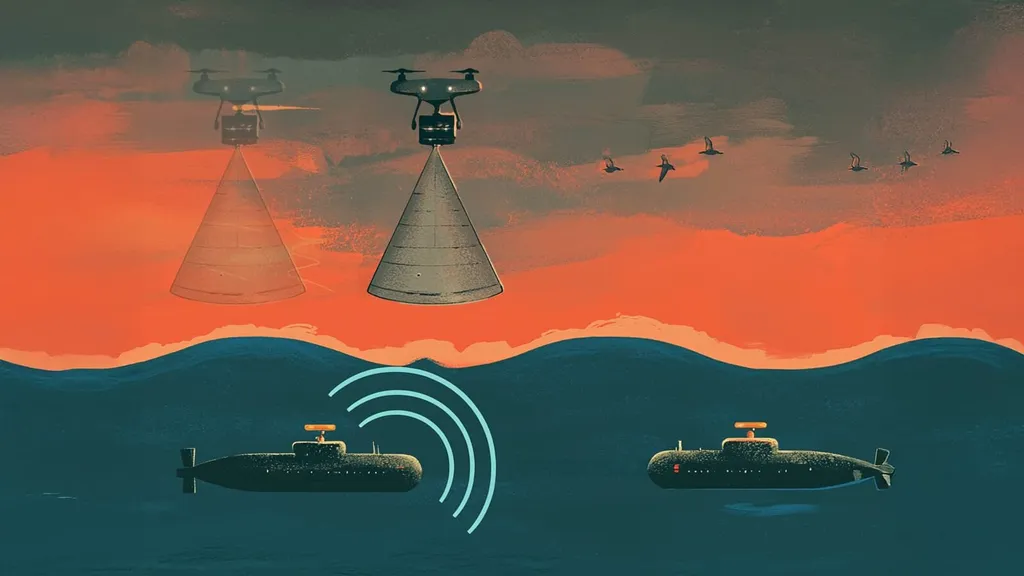Researchers from the University of Stavanger, Norway, have developed a groundbreaking authentication protocol for underwater wireless communication, addressing critical security challenges in maritime operations. As underwater assets become increasingly diverse and digital systems face growing threats, the need for secure, interoperable communication has never been more urgent. This research, led by Bálint Z. Téglásy, Emil Wengle, John R. Potter, and Sokratis Katsikas, introduces a robust solution to authenticate underwater assets, ensuring secure command and control in critical environments.
The research focuses on the authentication of underwater assets, a fundamental requirement for secure digital wireless communication. As maritime operations increasingly rely on a mix of robotic assets, the security of these digital systems becomes paramount. The proliferation of underwater signal coding and physical layer options has enhanced bandwidth and flexibility, but often without the necessary standards for interoperability. This gap poses significant challenges to secure communication and asset management.
The proposed authentication protocol is based on the first digital underwater communications standard, providing a reliable method to confirm the identities of underwater assets. This scheme is particularly applicable to Autonomous Underwater Vehicles (AUVs) operating around offshore oil and gas facilities. By ensuring that only authenticated devices can communicate and receive commands, the protocol significantly enhances the security of underwater operations. This foundational work also paves the way for the development of more sophisticated security mechanisms in the future.
The researchers implemented and validated the protocol through rigorous testing, demonstrating its effectiveness in real-world scenarios. The protocol’s ability to secure communication and command and control functions makes it a vital tool for enhancing the security of underwater assets. As the maritime industry continues to evolve, the adoption of such protocols will be crucial in safeguarding critical infrastructure and ensuring the integrity of underwater operations.
This research not only addresses immediate security concerns but also sets the stage for future advancements in underwater communication technology. By establishing a standard for authentication, the protocol facilitates interoperability among diverse underwater devices, fostering a more secure and efficient maritime ecosystem. The work of Téglásy, Wengle, Potter, and Katsikas represents a significant step forward in the ongoing effort to secure underwater communications and protect vital maritime assets. Read the original research paper here.

